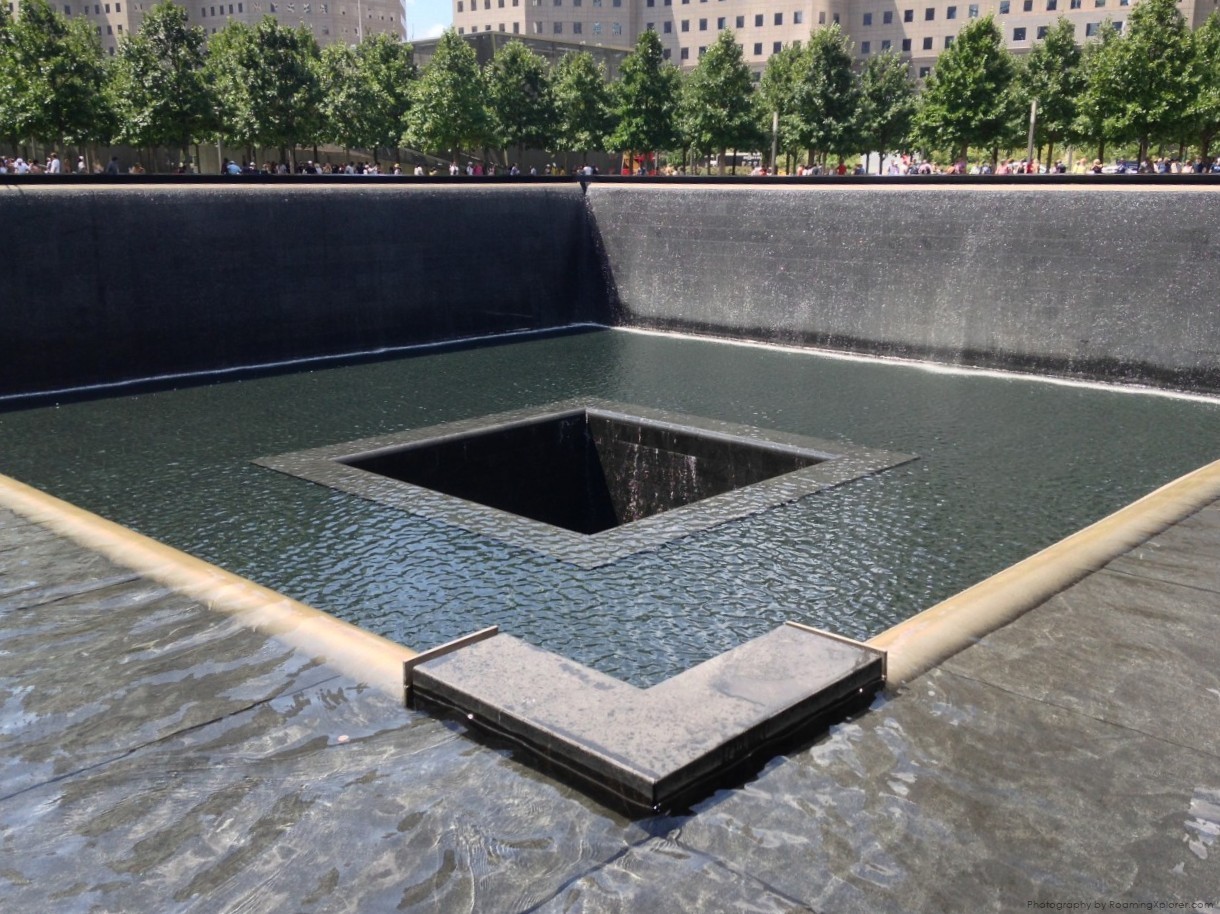The 9/11 Museum in New York stands as a poignant reminder of the tragedy that reshaped the world. Nestled at the heart of Ground Zero, it offers a powerful experience for visitors seeking to understand the events of September 11, 2001. Here’s a reflective guide to my visit, blending history with personal insights, designed to honor the memory of that fateful day.
Sensory Imagery
Walking toward the entrance of the 9/11 Museum, I immediately felt a heaviness in the air. The once bustling streets of Lower Manhattan were now cloaked in a somber quietness, as if the city itself was paying its respects. The reflective pools of the Memorial glistened under the sky, their endless cascades of water tumbling down into the void, echoing loss and remembrance.
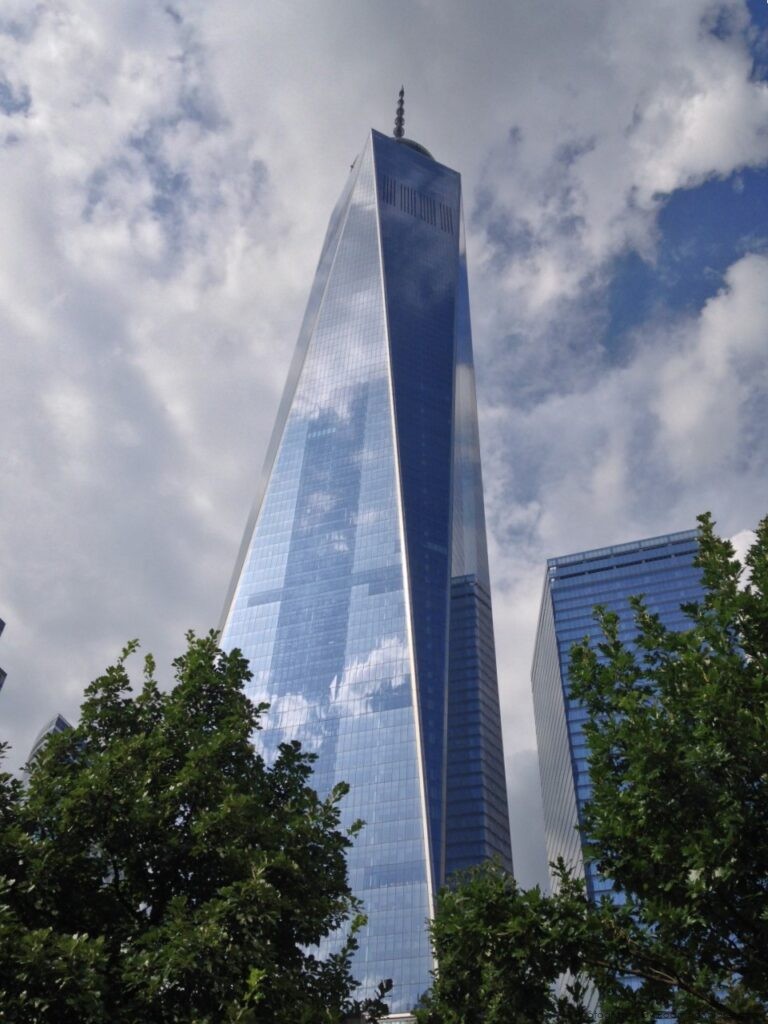
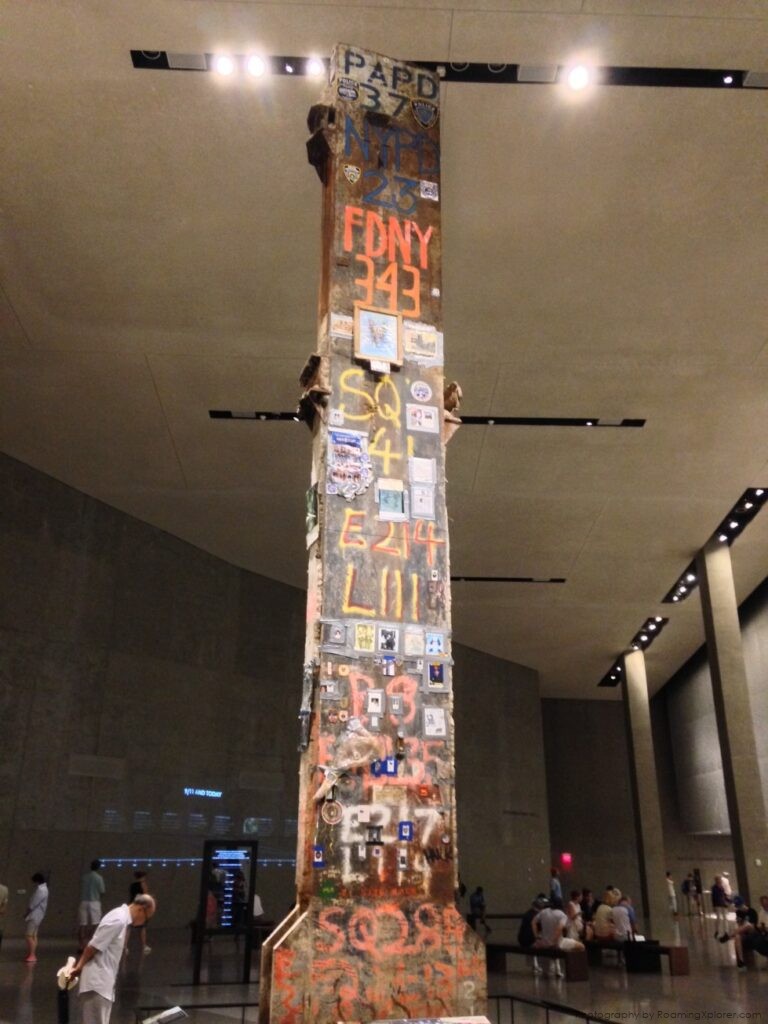
Stepping inside the museum was like entering another world, one steeped in history, grief, and resilience. The subdued lighting, the hushed conversations of visitors, and the soft sound of footsteps across the floors created an atmosphere of deep reflection. The silence was powerful—it was as though the walls carried the memories of that day, every inch of the space infused with stories.
Emotional Description
I began my journey in the museum’s main exhibition space, and the impact was immediate. The enormity of the loss and the courage shown that day became more than just facts in history they became intensely personal. Photographs of the Twin Towers before the attack were displayed side by side with images of the towers engulfed in smoke. It’s impossible to stand before these images without feeling a tightness in your chest.
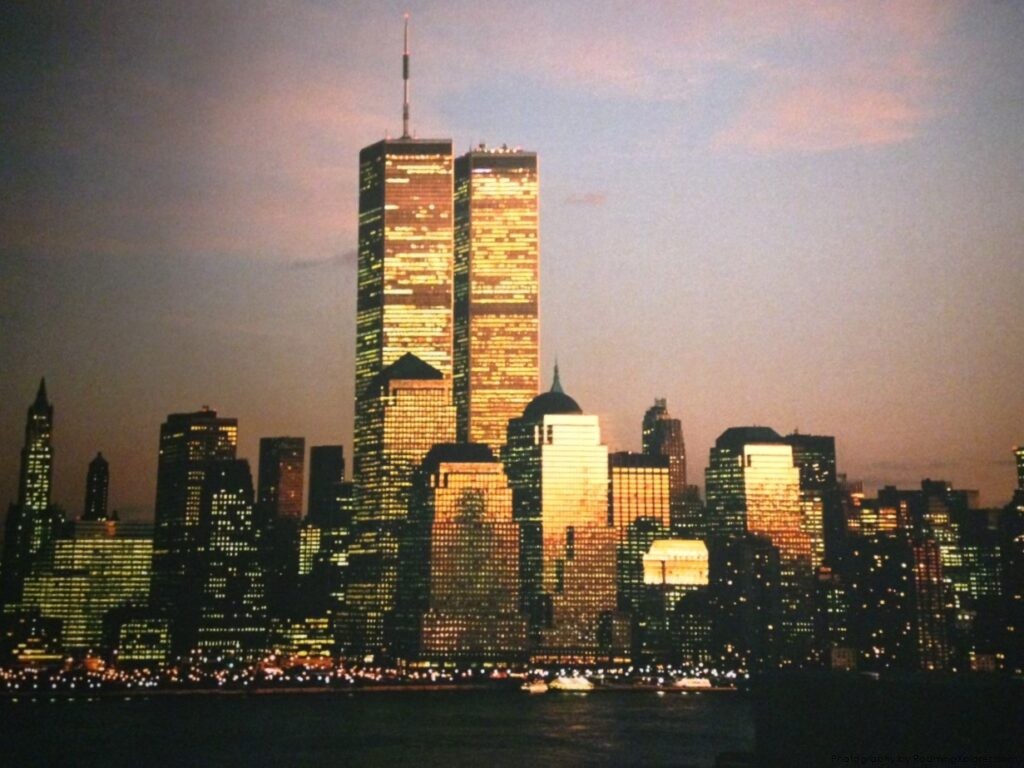
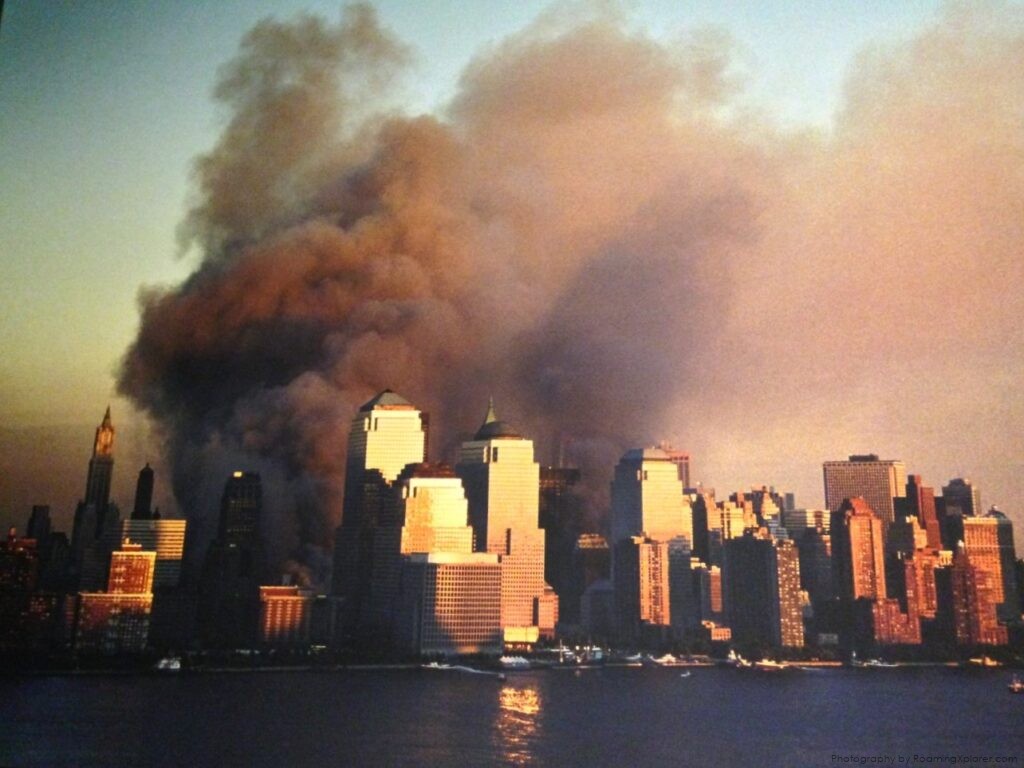
What struck me most was the human element that weaves through every display. The personal items recovered from the rubble, the voicemail messages left by loved ones, and the photos of those who perished that day brought a very real sense of connection. I found myself stopping at each exhibit, reading and absorbing the stories. There was a rawness to the experience that’s difficult to put into words tears welled up in my eyes more than once.
History and Details
The 9/11 Museum sits at the very site where the Twin Towers once stood, a place now known as Ground Zero. It opened to the public in May 2014, after years of planning and construction. The museum was designed to preserve the memory of the nearly 3,000 lives lost, while also chronicling the events leading up to and following the attacks.
One of the most striking features of the museum is its location. Much of the exhibit space is actually underground, housed within the foundations of the original towers. As you descend deeper into the museum, you’re literally walking in the footprint of the fallen towers. It’s a powerful reminder of the magnitude of what happened here.
Inside, the museum is divided into several sections, each telling a part of the story. The “Historical Exhibition” is at the heart of the museum, focusing on three main parts: the events of the day, the story of what led up to the attacks, and how the world changed afterward. It’s a comprehensive look at 9/11, not just as a single day in history, but as an event that forever altered the course of global events.
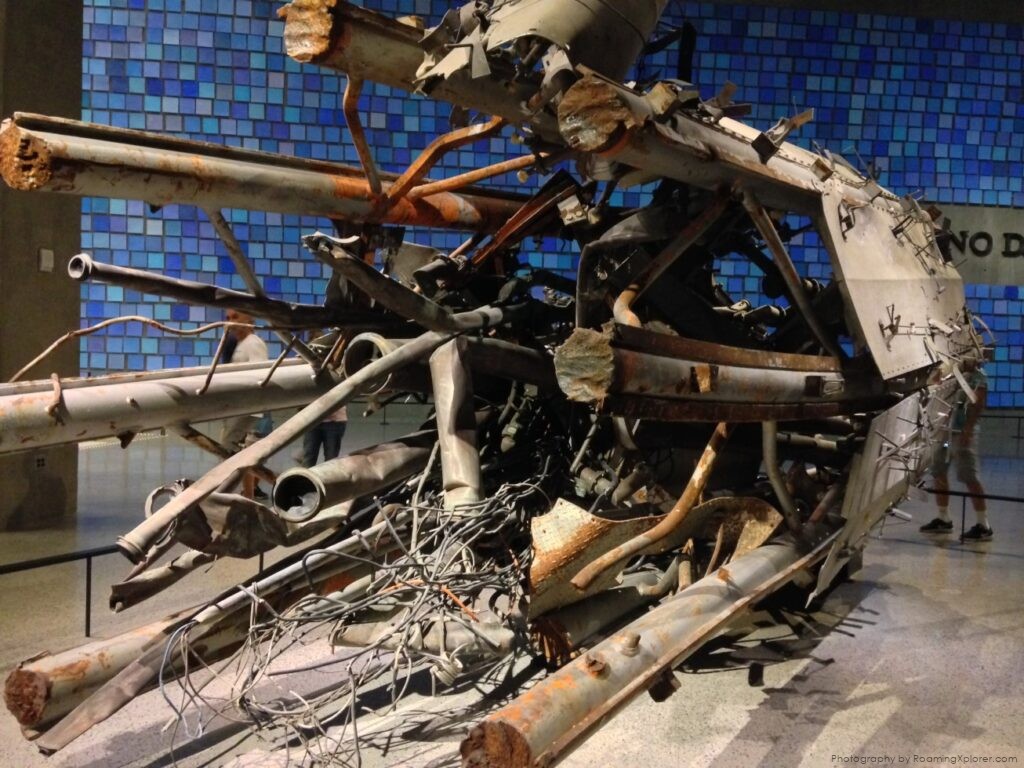
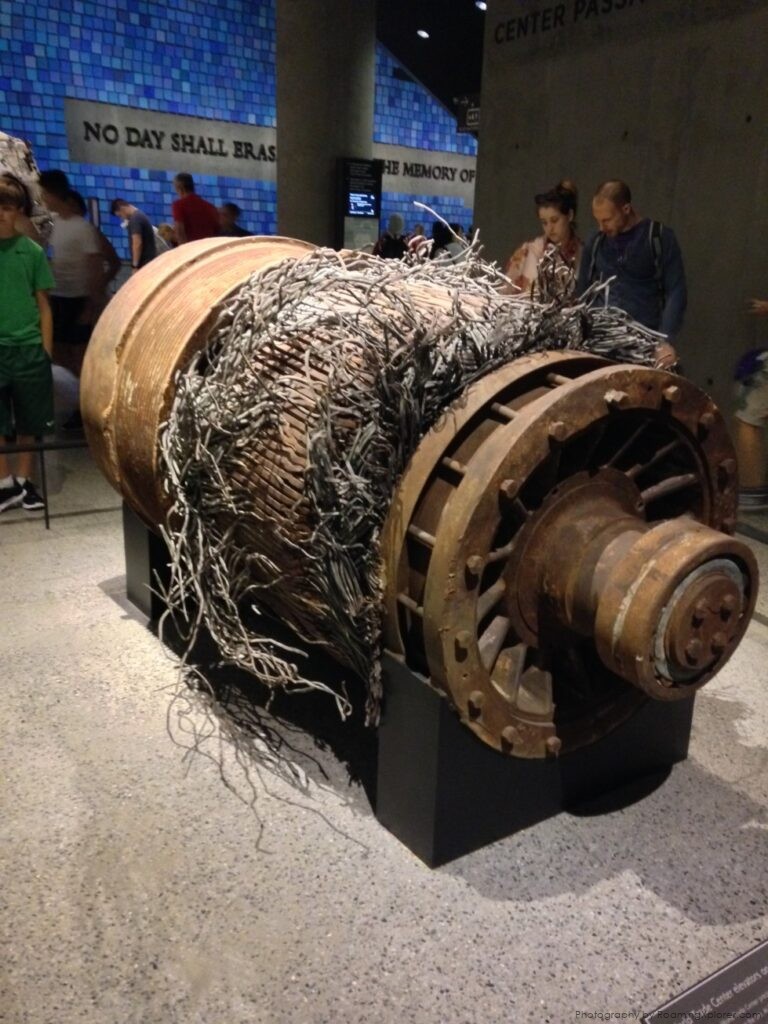
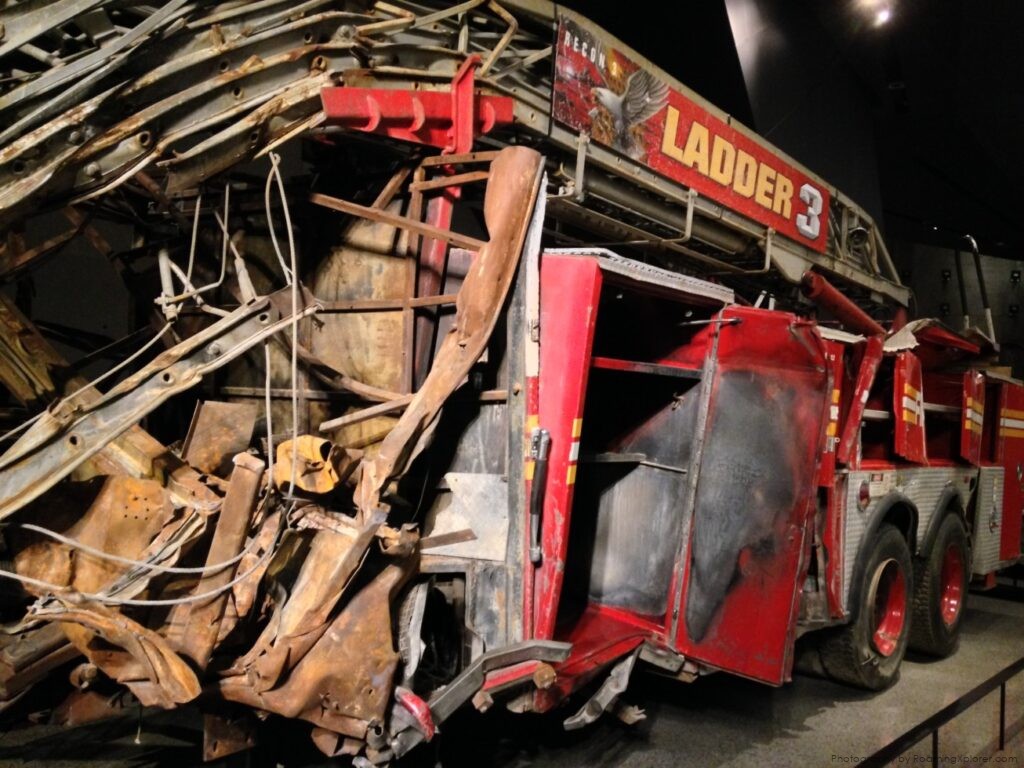
Another highlight is the “Memorial Exhibition,” which pays tribute to the individuals who lost their lives. As you walk through, you’ll see personal mementos, hear stories from family members, and witness the faces of those who were taken too soon. The museum has taken great care to ensure that each victim is honored and remembered.
Dramatic Language
It’s impossible to overstate the emotional weight of visiting the 9/11 Museum. There’s a sense of standing on sacred ground, where history was made in the most devastating of ways. As I moved through the exhibits, I couldn’t help but think about how the world watched, transfixed by the horror unfolding before our eyes. The images, the voices, the sounds of sirens and chaos—they’re all preserved here, frozen in time but still so vividly alive.
One of the most gut-wrenching parts of the museum was the “Survivor’s Staircase.” This physical remnant from the towers served as an escape route for hundreds of people fleeing the collapsing buildings. Seeing it in person brought home the terror and panic of that day in a way that’s hard to describe. It’s more than a staircase it’s a symbol of survival and hope amidst the destruction.
Equally powerful were the artifacts from Ground Zero: a mangled fire truck, twisted steel beams, and remnants of the building’s structure. These remnants, once part of a thriving New York skyline, now lie broken and burned, yet they speak to the resilience of the city and its people.
Reflection on Global Impact
The 9/11 Museum doesn’t just focus on the local experience it addresses the worldwide ramifications of the attack. The exhibit detailing the events that followed the attacks, including the War on Terror and the ongoing fight against extremism, brings a global perspective to what might feel like a uniquely American tragedy.
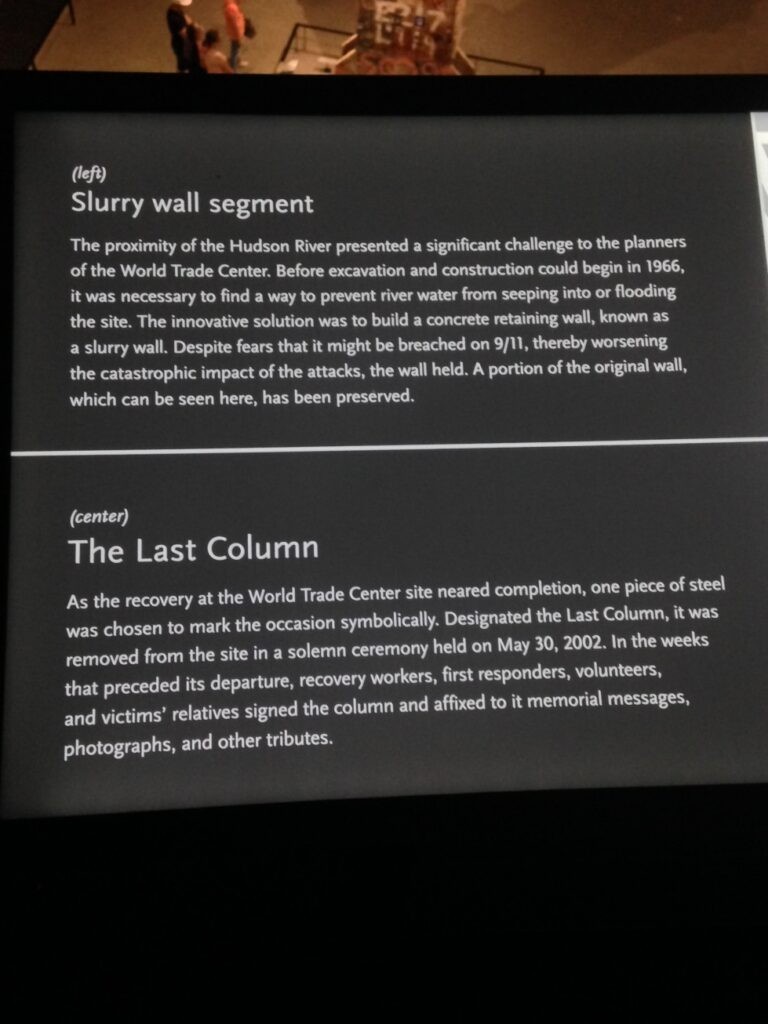
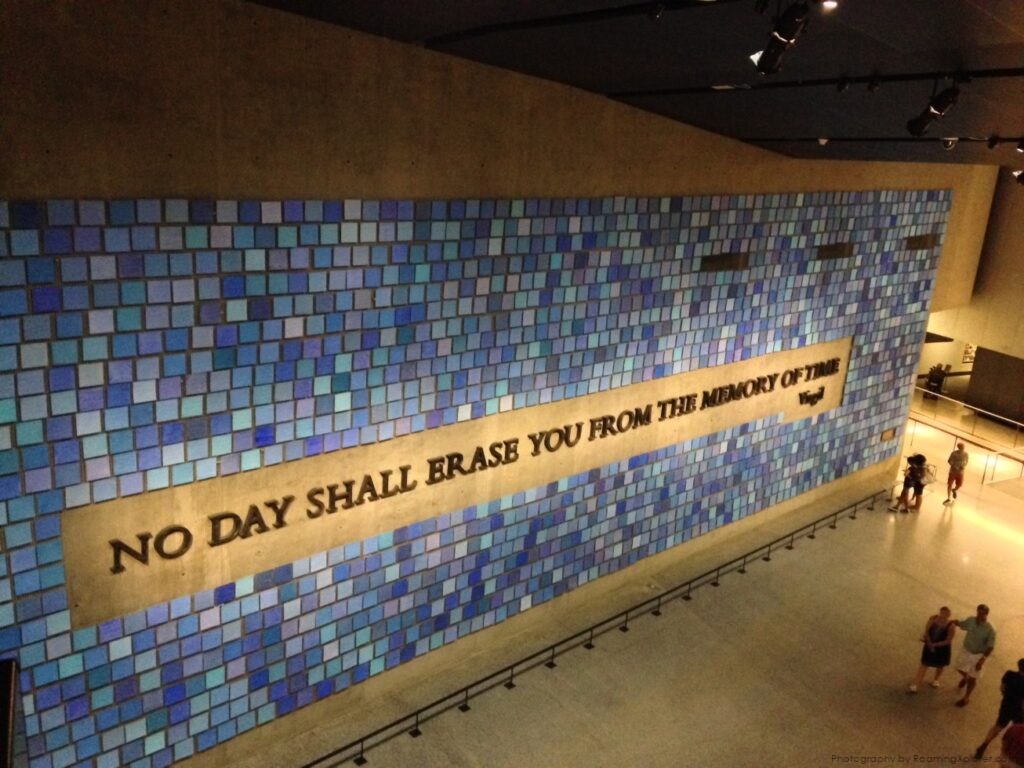
But 9/11 was not just America’s tragedy it was a global event. People from more than 90 countries died in the towers, and the aftermath was felt in every corner of the world. For me, this was an important reminder that what happened here was not just a blow to New York or the United States—it was a blow to humanity.
Balancing Personal Experience with Global Context
As I walked through the museum, vivid memories of that day came flooding back. I still remember the shock and disbelief I felt watching the events unfold on CNN. I was glued to the screen as the news anchors tried to make sense of what was happening. The sight of the planes crashing into the Twin Towers, the smoke billowing into the sky, and eventually, the towers collapsing—it all felt surreal. I watched, unable to tear my eyes away, trying to process the scale of the tragedy.
Standing here, at the site where it all happened, brought those memories to life in a way I hadn’t expected. The chaos and confusion I had witnessed from afar were now grounded in the reality of this space. It wasn’t just images on a screen anymore; it was a physical place filled with personal stories, belongings, and the remnants of that day. Seeing the faces of those who perished, reading the messages left by their loved ones, and hearing the survivor accounts gave me a new perspective. It wasn’t just about the towers or the attack itself it was about the human lives affected, the families torn apart, and the resilience that followed.
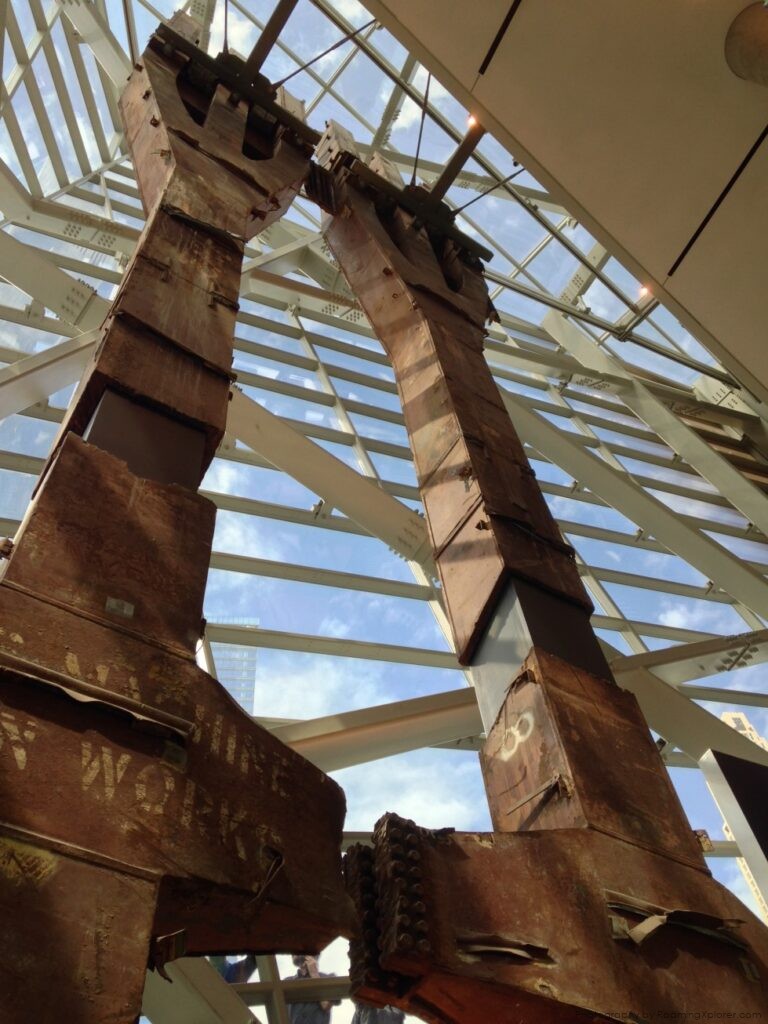
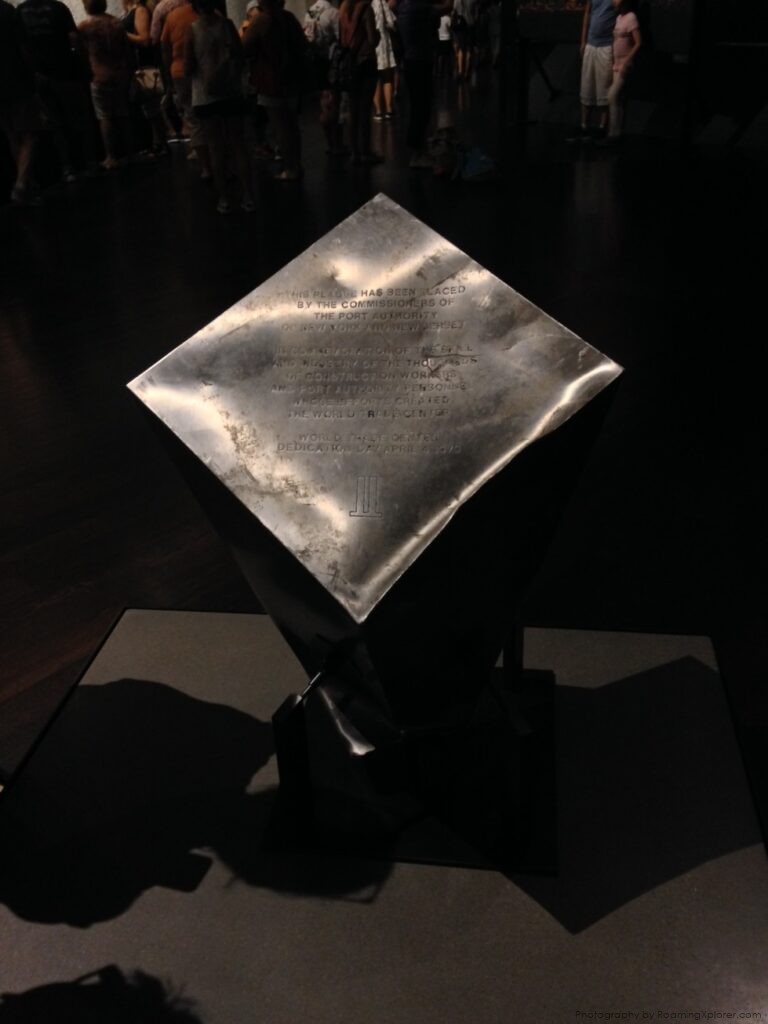
The global significance of 9/11 was clear to me then, but visiting the museum solidified that understanding. The attack had ripple effects around the world, changing the course of international relations, security policies, and personal freedoms. For me, this visit was not only a journey into the past but also a reminder of how much the world has changed since that day.
Conclusion with Reflections
Leaving the museum, I took a moment to stand by the Memorial, looking down into the pools where the towers once stood. The names of the victims are etched into the surrounding walls, and as I ran my fingers over some of the names, I couldn’t help but feel a deep sense of loss. But I also felt something else—a sense of hope. The resilience of New York, the determination to rebuild, and the commitment to remembering those lost, all speak to the strength of the human spirit.
Visiting the 9/11 Museum was an emotional and deeply personal experience for me. It’s a place that demands reflection, not just on the events of that day, but on how we, as a global community, respond to tragedy. It’s a reminder that while the world may change in an instant, our capacity for compassion, unity, and remembrance endures.
For anyone visiting New York, the 9/11 Museum is more than just a historical site—it’s a place of reflection, healing, and hope. It’s a place where the past and present meet, and where we are reminded that even in our darkest hours, we can find the strength to move forward.
![]()

